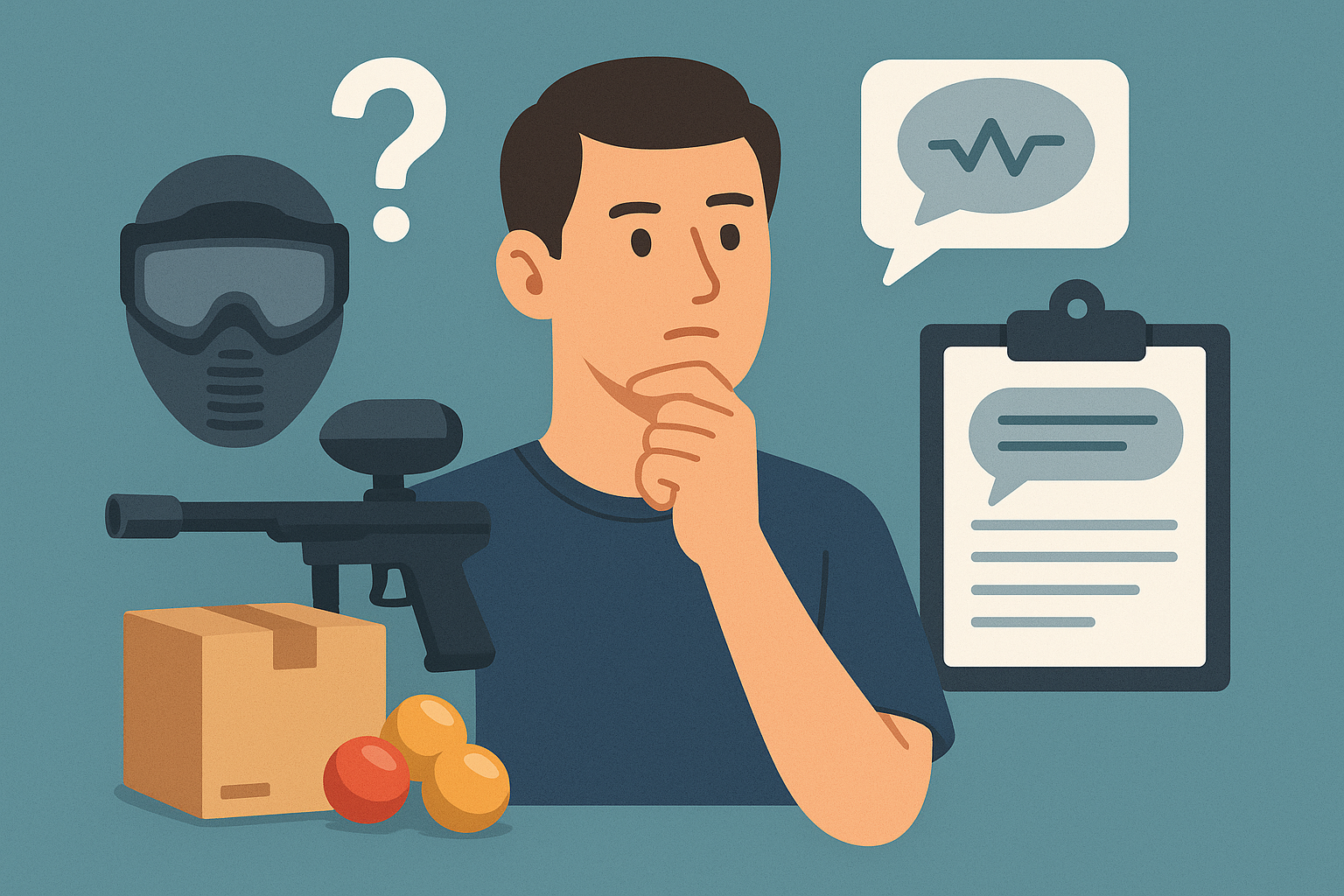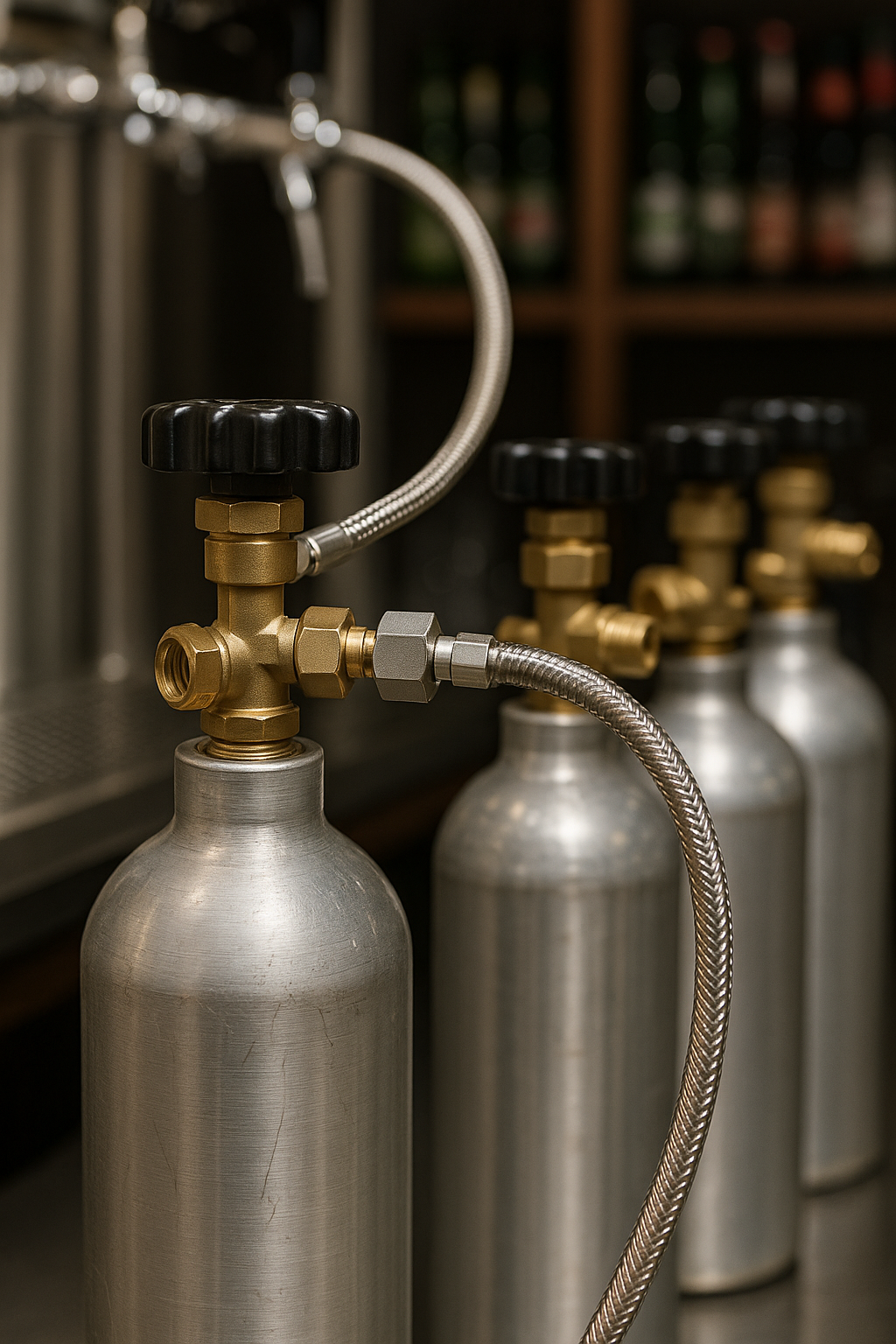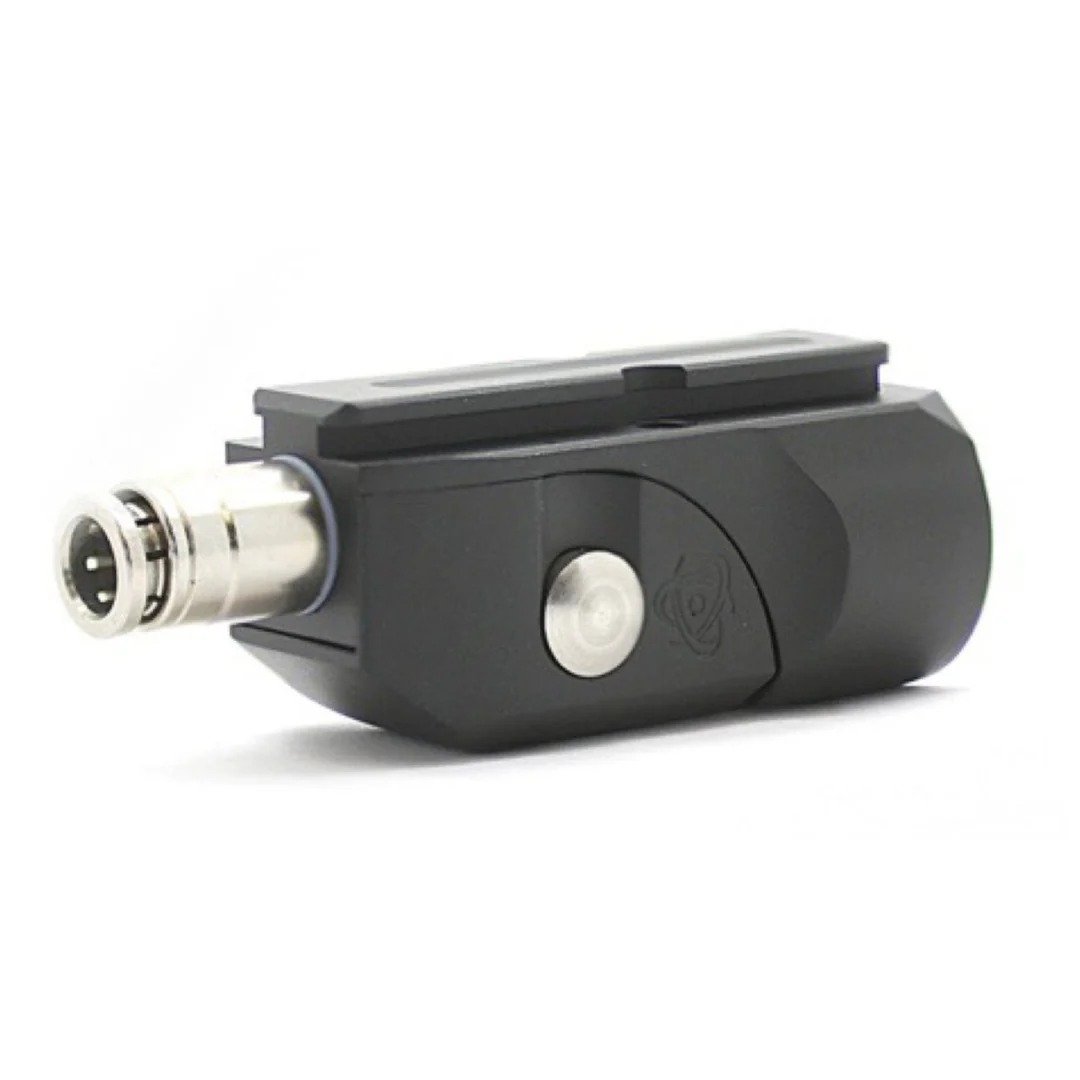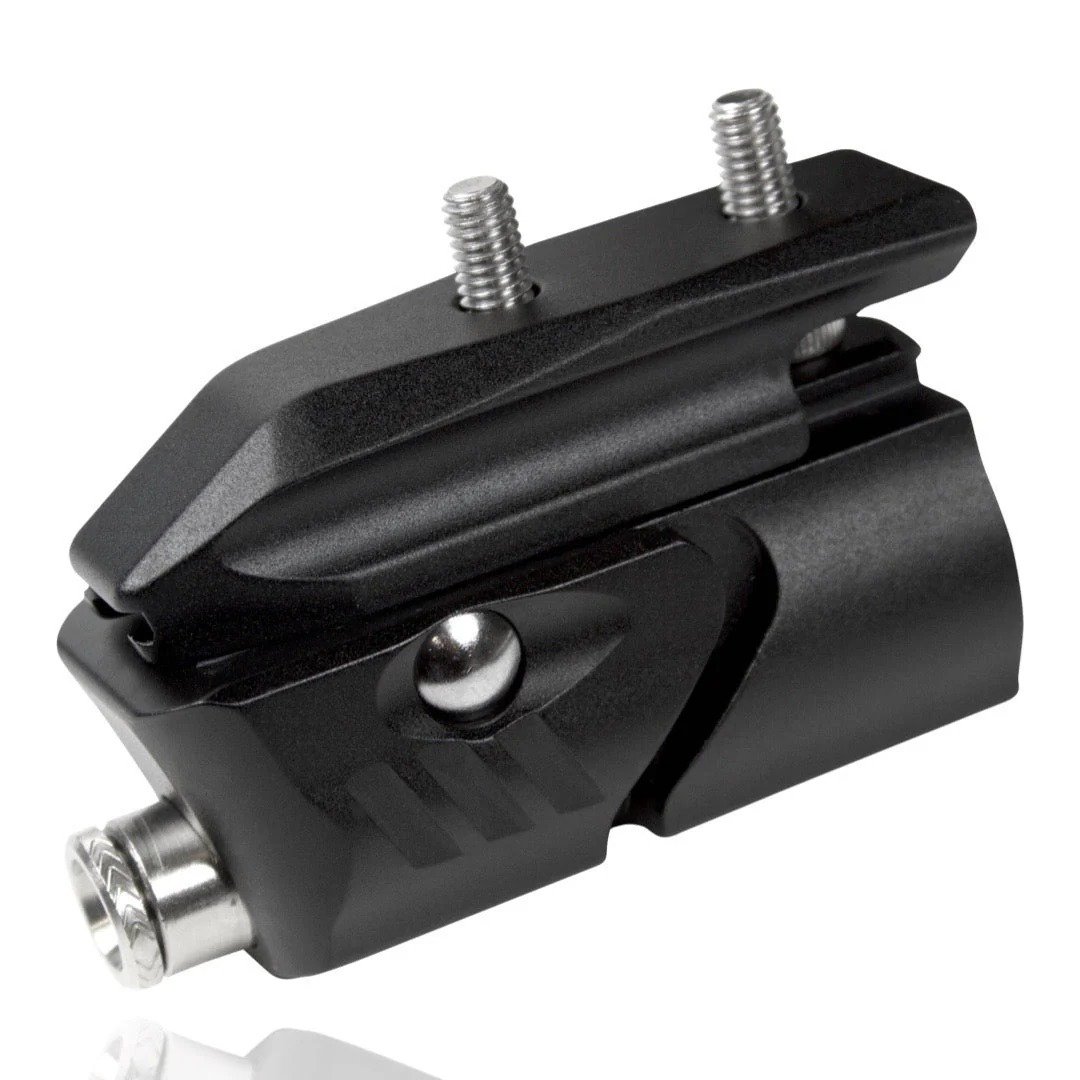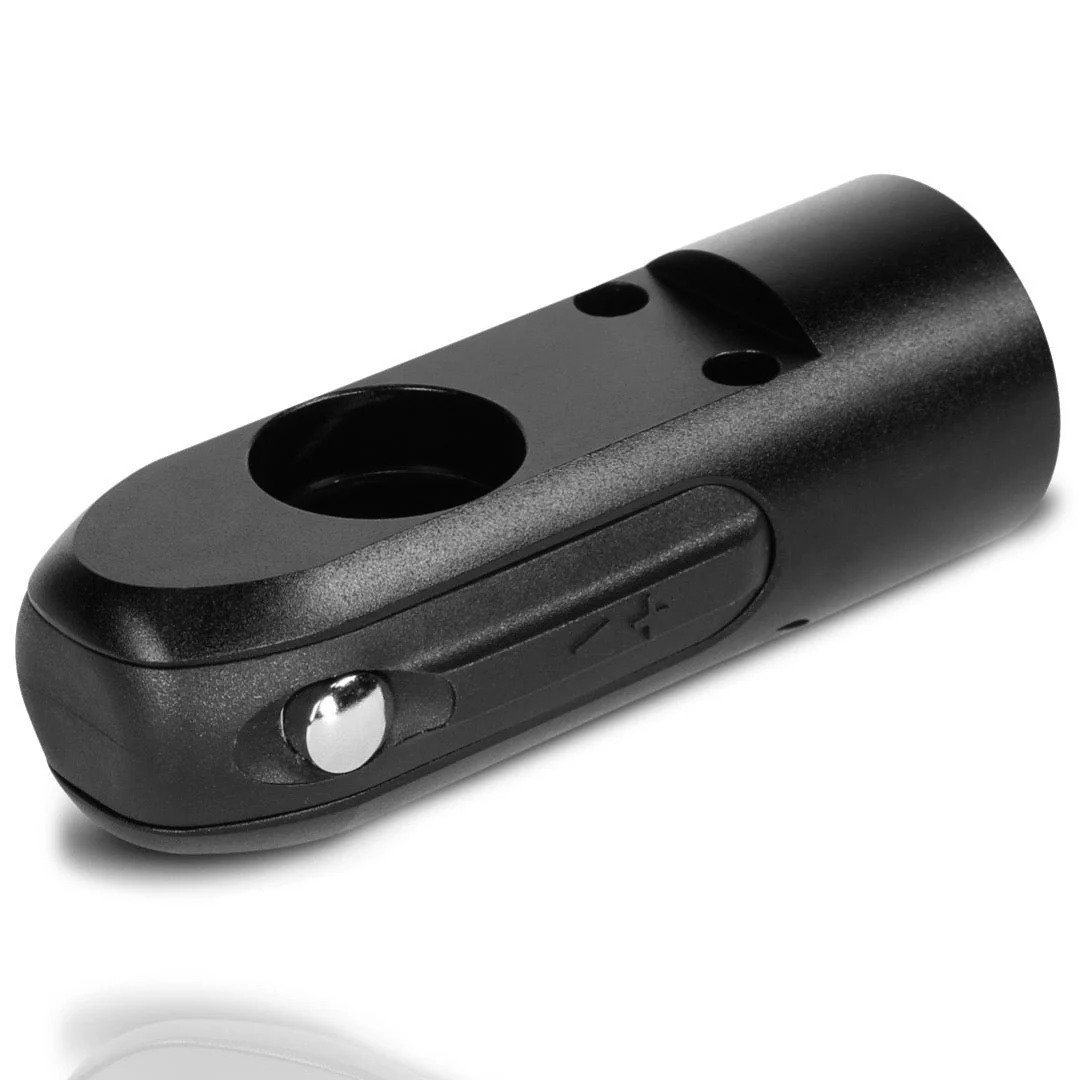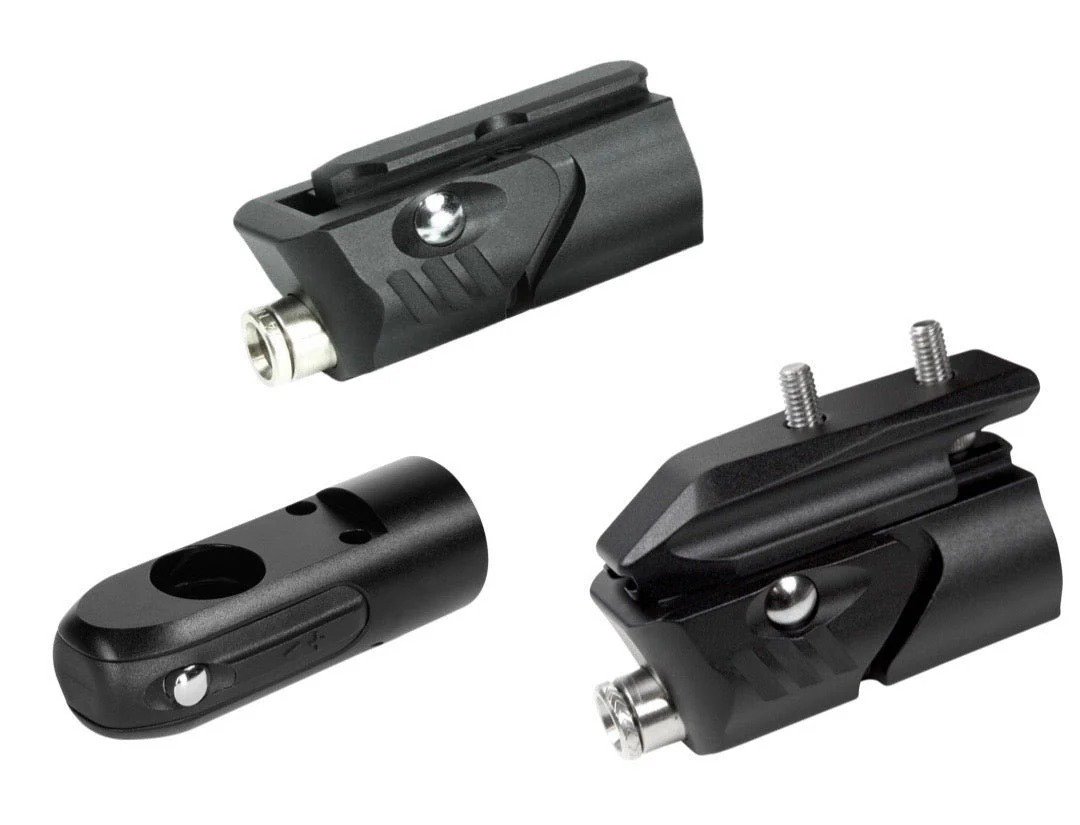Many beverage suppliers want to reuse CO2 cylinders—but is refilling safe? Legal? Profitable?
Yes, CO2 cylinders can be safely refilled for commercial beverage use if they meet food-grade standards, are within hydro test date, and follow regional safety regulations for valve, pressure, and traceability.
Whether you’re supplying soda refill stations, kegerator shops, or café chains, understanding refill safety is key to reducing cost, complying with law, and protecting your customers.
Table of Contents
Why do beverage businesses refill CO2 cylinders?
Buying new cylinders every time isn’t sustainable—or affordable.
Commercial users prefer refillable cylinders to reduce cost-per-use, ensure continuous operation, and meet sustainability goals.
Why do beverage businesses refill CO2 cylinders?
- Lower cost per cycle
- Less waste compared to disposables
- Simplified logistics with returnable bottles
- Stronger customer loyalty with deposit programs
Clients like Michael Zhang (Canada) offer refill plans for soda cylinders through online and retail channels, creating recurring revenue.
Which CO2 cylinders are refillable?
Not all cylinders are made to be reused.
Refillable CO2 cylinders must be made from durable materials (like aluminum 6061-T6), pressure-rated, and equipped with refill-safe valves.
Refillable cylinder checklist
| Feature | Requirement |
| Material | Aluminum (6061-T6) or steel |
| Certification | DOT, CE, or TPED |
| Hydro test date | Must be within 5 years |
| Valve type | Refillable thread (CGA320, W21.8, etc.) |
| Food-grade compliance | Clean interior, dry finish |
| Traceability | Serial number or batch ID |
At Alizee, all soda and kegerator CO2 cylinders are refillable, food-grade, and tested for safe reuse under high pressure.
What are the safety requirements for commercial CO2 refills?
Refilling is legal in most regions—but regulated.
To refill CO2 cylinders for commercial use, you must follow guidelines for cleaning, pressure testing, labeling, and valve compatibility.
Key safety rules:
- Cylinder must be within hydro date 5 years for DOT/CE-certified cylinders
- Only refill to rated working pressure Usually 800–1000 psi for beverage-grade tanks
- Ensure food-grade purity CO2 must be at least 99.9% pure and clean-filled
- Label after refill Include fill date, pressure, and refill location
- Use correct refill valves and connectors Avoid force-fitting mismatched systems
Refill centers must follow government or food safety agency standards—like FDA in the U.S., EFSA in the EU, or NSF certification.
What valve and cylinder features matter for refill safety?
A leaking valve turns a great cylinder into a safety hazard.
Valves must be compatible, leak-proof, and made from food-safe materials like brass or stainless steel.
Safe valve specifications:
| Attribute | Standard |
| Thread type | CGA320 (U.S.) / W21.8 (EU) |
| Sealing method | O-ring or metal-to-metal |
| Material | Brass with food-grade finish |
| Pressure rating | Matches cylinder’s rating |
| Anti-backflow | Optional for refill protection |
We offer valve customization at Alizee, so clients can match refill systems in North America, Europe, or Australia.
Is it better to buy refillable cylinders or go disposable?
If you’re in B2B beverage supply—reusables win.
Refillable cylinders reduce long-term cost, lower carbon footprint, and improve customer retention through deposit or subscription models.
Disposable vs refillable comparison
| Feature | Disposable | Refillable |
| Cost per use | High | Lower over time |
| Environmental impact | Waste after use | Sustainable, returnable |
| Branding options | Limited | Full custom printing possible |
| Regulatory approval | Easier for one-time use | Requires hydro testing and labels |
| Best for | Retail soda kits | Commercial use, cafés, keg bars |
Conclusion
Yes—refilling CO2 cylinders is safe for beverage use, if done right. Start with certified cylinders, keep them within test dates, and refill with care.

